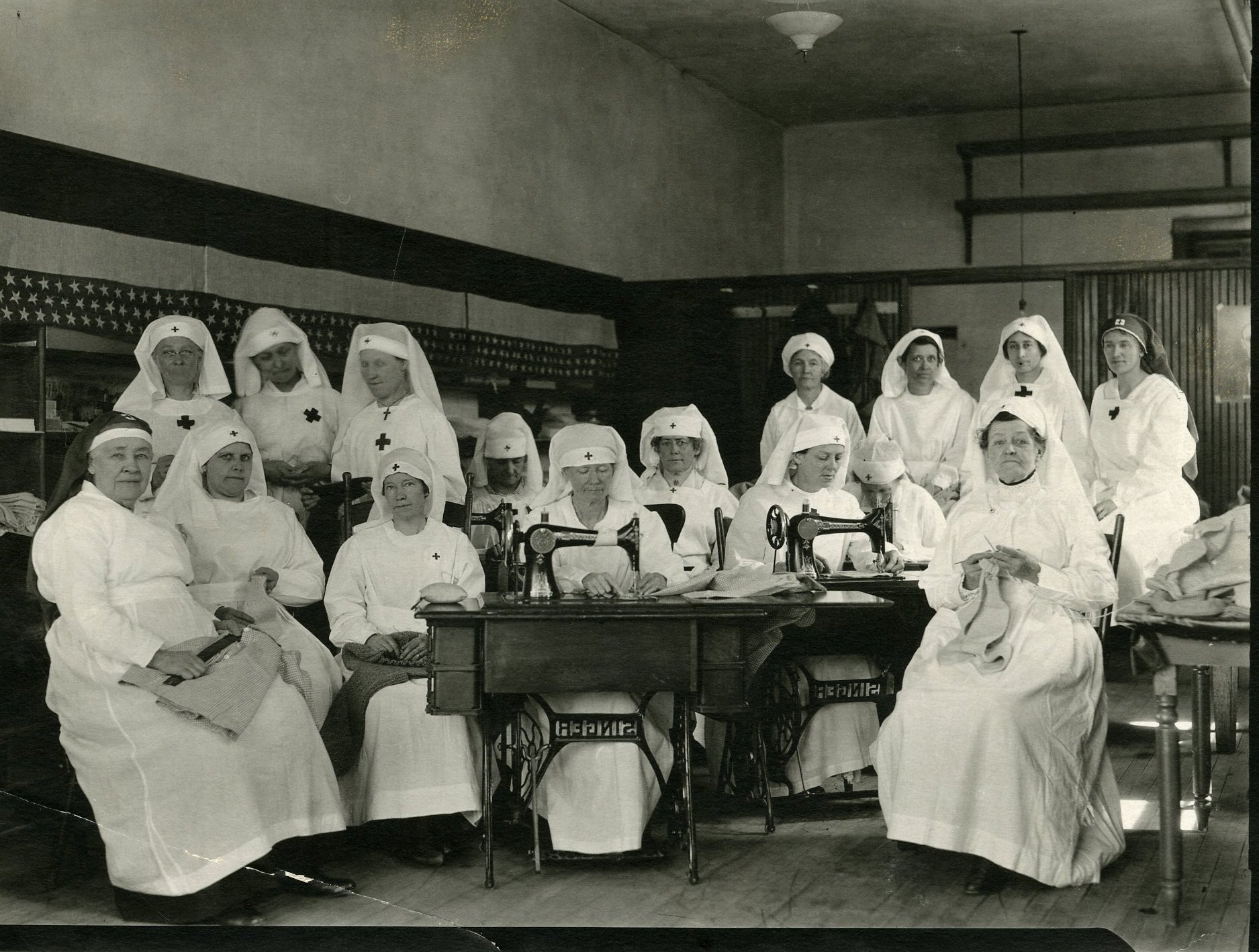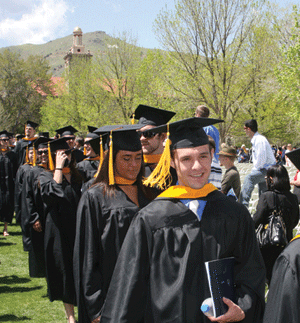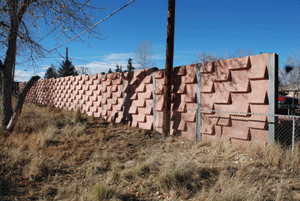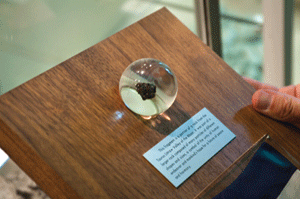Learning from century-old lessons

“Flu situation here is getting dangerous,” blared a headline on the front page of Golden’s Colorado Transcript newspaper on Dec. 5, 1918.
Though it’s more than 100 years old, this historic news story about Spanish influenza could’ve been written in 2020. “Clearly, there are similarities between the current pandemic and its 1918 predecessor,” said Mark Dodge, curator of the Golden History Museum. “Amazingly, the 1918 pandemic was mostly forgotten history until now.”
In many ways, our response to the coronavirus pandemic today mirrors what happened a century ago. As the virulent influenza strain made its way to Golden in October 1918, city and county health officials closed all public gathering places, including schools, churches, movie theaters, soda fountains and dance halls.
Though scientists and doctors didn’t yet know what caused influenza—or how to stop it—they correctly guessed it was transmitted from person to person. Their advice for preventing the spread of the disease still resonates today: quarantine if you feel sick, avoid crowds, smother your coughs and sneezes, open the windows, wash your hands and don’t share napkins or utensils that have been used by another person.
And Mines was not immune from influenza, either. In early December 1918, 50 members of the Student Army Training Corps and two international students at Mines became sick with the disease, according to news reports. The campus shut down for more than a month in late 1918 and early 1919.
Unfortunately, obituaries of Golden residents who died from the disease or related complications began to fill the newspapers. The American Red Cross opened an emergency civilian hospital in the Colorado National Guard Armory building. As is the case today, the 1918 pandemic inspired feelings of fear, uncertainty and sadness as people worried about losing family members and friends to the disease.
“These obituaries start rattling people,” said Dodge. “It was making this thing real to see that these well-known community members died in the prime of their lives. It starts making it scarier.”
Influenza cases began to wane in 1919, but the virus reappeared in 1920. Fortunately, Golden residents took the recommendations of public health officials seriously, which helped temper the new outbreak.
“History is endlessly fascinating and a deep source for greater understanding of our shared human experience,” said Dodge. “We see how people dealt with challenges, study their responses and hopefully learn from others.”






Trackbacks/Pingbacks